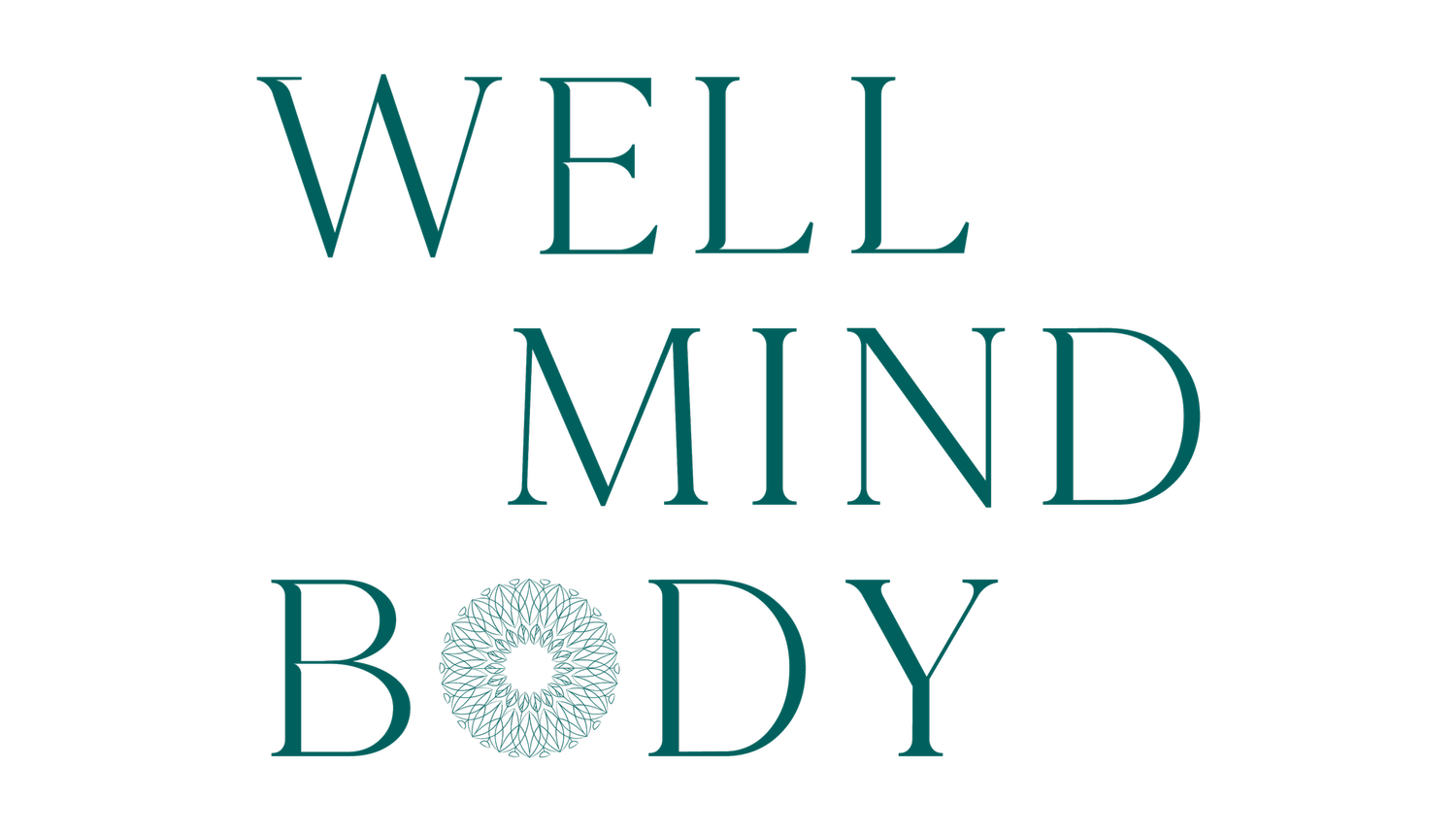Understanding ERP Therapy for OCD: Empowering Healing Through Evidence-Based Treatment
What is OCD?
Obsessive-Compulsive Disorder (OCD) is a mental health condition characterized by intrusive, unwanted thoughts (obsessions) and repetitive behaviors or mental acts (compulsions) that individuals perform to relieve distress. OCD can affect anyone and often leads to significant interference in daily life, relationships, and emotional well-being.
Types of OCD
OCD can present in various ways and may look different for each individual. Common subtypes include:
Contamination OCD: Fear of germs, illness, or unclean environments, leading to excessive cleaning or handwashing.
Harm OCD: Fear of causing harm to oneself or others, even without intent.
Checking OCD: Repetitive checking behaviors (e.g., locks, appliances) due to fear of mistakes or accidents.
Symmetry and Ordering OCD: Need for things to feel "just right" or be arranged in a particular order.
Religious or Moral Scrupulosity: Obsessions related to morality, sin, or religious practice.
Sexual or Violent Intrusive Thoughts: Unwanted, distressing thoughts that go against the person’s values or desires.
Relationship OCD (ROCD): Obsessive doubts and analysis about relationships.
Existential OCD: Obsessions about deep philosophical questions or the meaning of life.
What is ERP Therapy?
ERP (Exposure and Response Prevention) is the gold-standard, evidence-based treatment for OCD. ERP helps individuals gradually face their fears (exposure) while resisting the urge to engage in compulsive behaviors (response prevention). With practice, the brain learns that anxiety will decrease over time without the need for rituals or avoidance.
Why We Use ERP at Well Mind Body
ERP is supported by decades of clinical research as the most effective intervention for OCD. The International OCD Foundation and the American Psychological Association identify ERP as the gold-standard treatment for OCD, with studies showing significant symptom reduction in up to 80% of patients who complete treatment.
Recent research continues to validate ERP’s efficacy:
Storch, E. A., Schneider, S. C., & McKay, D. (2021). Exposure and response prevention for obsessive-compulsive disorder: Theory, practice, and future directions. Behavior Therapy, 52(1), 37–46. https://doi.org/10.1016/j.beth.2020.04.003
Kuckertz, J. M., Amir, N., & Najmi, S. (2020). Exposure-based treatments for obsessive–compulsive disorder: Empirical evidence and clinical applications. Current Treatment Options in Psychiatry, 7(2), 134–147. https://doi.org/10.1007/s40501-020-00201-2
Twohig, M. P., & Levin, M. E. (2023). Acceptance and commitment therapy as a treatment for obsessive-compulsive disorder. Journal of Contextual Behavioral Science, 29, 1–9. https://doi.org/10.1016/j.jcbs.2023.01.005
At Well Mind Body, we use ERP to empower clients with the tools to break free from the OCD cycle. Through guided, compassionate, and individualized support, we help clients build tolerance to uncertainty and reclaim their lives from fear and compulsion.
The ERP Process
Assessment: We begin with a comprehensive evaluation to understand your specific symptoms, triggers, and goals.
Psychoeducation: You’ll learn how OCD works and why ERP is effective.
Hierarchy Building: Together, we’ll create a list of fears from least to most distressing.
Exposure Practice: You will be gently and gradually exposed to feared situations, thoughts, or images without doing the compulsion.
Response Prevention: You’ll learn to sit with the anxiety, allowing it to rise and fall without ritualizing or avoiding.
Reflection and Support: We process your experience, track progress, and celebrate wins. As confidence grows, symptoms lose their power.
Assessing OCD Triggers
Part of ERP includes identifying common triggers. During assessment, we explore:
Situational Triggers: Places, people, or objects that provoke anxiety (e.g., bathrooms, sharp objects, religious symbols)
Thought Triggers: Unwanted intrusive thoughts, doubts, or images
Emotional Triggers: Feelings of guilt, shame, anger, or fear
Physical Sensations: Bodily sensations that provoke obsessions or compulsions (e.g., feeling dirty, unevenness)
Avoidance Patterns: Things avoided to prevent anxiety or discomfort
Understanding these triggers helps us tailor exposures and build confidence in facing fears.
ERP Therapy Outcomes
Reduced OCD symptoms
Increased confidence in facing uncertainty
Improved daily functioning
Less avoidance and isolation
Greater emotional resilience
Your Support Team at Well Mind Body
Our experienced team of therapists are trained in ERP and understand the nuances of treating OCD with compassion and clinical excellence. We collaborate with clients and families to provide personalized care that honors the whole person—mind, body, and spirit.
You Are Not Alone. Healing Is Possible.
If you or a loved one is struggling with OCD, we’re here to help. Contact us to schedule a consultation and begin the journey toward freedom and peace.
